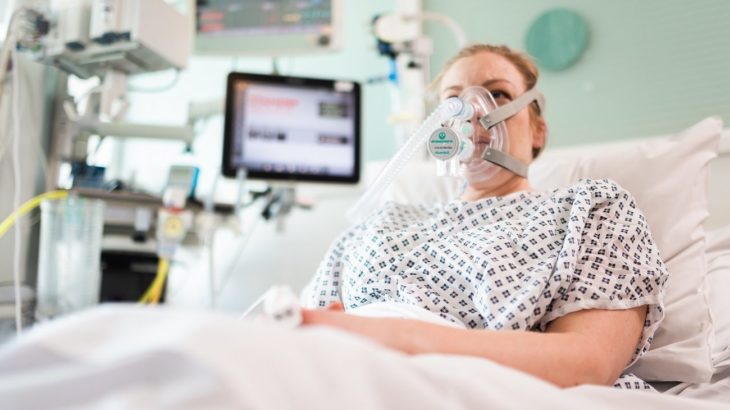Using the equipment sharing database to tackle COVID-19

University equipment sharing databases were a response to new grant funding requirements, but Chris Wilkinson reports that the University of Cambridge’s database has taken on added significance in the COVID-19 pandemic.
The equipment sharing database is an innocuous invention. Developed in 2012, Cambridge’s version was part of a university response to changes proposed by Research Councils’ UK, then the public body coordinating research. The changes to the way that equipment on research grants would be funded reflected expectations of improved efficiencies in the use of equipment and increased shared usage. When the call came to respond to the pandemic, the database delivered.
Typically we use it as a central platform to help researchers find equipment and facilities available for sharing, encourage internal, national, and international research collaboration, increase the exposure of facilities that can be used to recover equipment costs, highlight the university’s commitment to share equipment – beneficial when grant applications are under consideration – and to indirectly help toward waste reduction, reduced consumption, recycling, and carbon profiling.
The equipment database provides members of staff and students across the university with details of more than 3,400 individual items of equipment and more than 70 existing small research facilities, as well as funding support and news via the publicly accessible website that operates in parallel. I used the database much like anyone would; searching for equipment and creating lists of primary contacts with whom to connect. Information from the database is made visible externally and fed through to a national equipment database.
As the equipment sharing project manager that oversees the database, I was tasked with speaking directly to laboratory and equipment managers to see how we could support the government’s rapidly developing COVID-19 test facility in Milton Keynes to help ensure they had sufficient quantities of reagents and equipment to meet their 100,000 daily testing target by the end of April.
Equipment availability
Nucleic acid extraction instruments are not the most commonly occurring items on the database, however I was able to determine what relevant equipment was available in the university and identify and reach out to 130 members of that community.
Researchers in the university had already created a Slack Workspace to promote / ideas on different topics related to the pandemic, and the university also put its COVID-19 response channel in place to gain central oversight of all the efforts across the institution. Working with colleagues across the university, I was able to coordinate offers of equipment and liaise directly with Randox Biosciences; the manufacturers of a test evaluated by Public Health England and selected by the government as a key site in the UK for COVID-19 testing.

At this time the scarcity of PPE locally and nationally was becoming apparent. Whilst there was a separate PPE thread on the Slack workspace, another Cambridge institution, the Institute for Manufacturing was instrumental in pulling things together. Through a cohort of their Industrial Manufacture and Management degree members based in China we successfully sourced PPE equipment. I also posted an update on LinkedIn which prompted a reply from a former IfM colleague who had contacts in China and I was able to feed this information into the developing thread on the slack workspace.
Then the local response stepped up a notch. PVC for Research, Professor Chris Abell, has been instrumental in the development of the Cambridge National Screening Centre; a collaboration between the university, GSK and AstraZeneca to provide screening facilities for the NHS. I was again tasked with locating relevant equipment to help it become functionally operational. Within four days – and over the Easter weekend, I hasten to add – the offers of equipment exceeded our original request and allowed us to develop contingency plans for back-up equipment should the need arise.
Collaborative efforts
To witness the support and collaborative efforts of people pulling together has been truly awe-inspiring. Internally, it’s been a great opportunity to utilise the intrinsic power of the database and work with colleagues across departments, institutions, and external organisations. It’s also extended my ability to liaise and be involved with both national and local coordinated responses and the database has proved itself as a pivotal tool, resource, and platform toward this endeavour.
Activities to support the testing call, including the supply of equipment, have been recognised at the highest level of government with health secretary Matt Hancock hailing the “unbelievable effort” of those involved.
And a further note of thanks to all involved from Professor Stephen Toope the university’s Vice Chancellor:
“Work continues apace to set up the large-scale testing facility on our Biomedical Campus. Colleagues have been extremely busy recruiting the staff and collecting the equipment needed for the facility to work.
“We are all infinitely grateful to the people who have donated scientific equipment, and to the people who have volunteered to work in the testing centre – including senior academics, post-doctoral researchers, research assistants, lab managers and technicians.
“In this, as in so much else, the Cambridge community has stepped up remarkably to the challenge we all face together. I thank everyone involved.”


